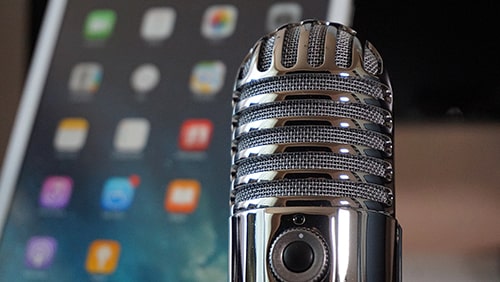 One of the best ways to increase exposure, which equates to more sales, for a business is to introduce a podcast. There are a number of reasons why this is now a good idea, and getting started isn’t that complicated. Following a few simple steps will ensure that an international audience is reached quickly and effectively, and the costs associated with the new venture are within reach of every business owner and entrepreneur.
One of the best ways to increase exposure, which equates to more sales, for a business is to introduce a podcast. There are a number of reasons why this is now a good idea, and getting started isn’t that complicated. Following a few simple steps will ensure that an international audience is reached quickly and effectively, and the costs associated with the new venture are within reach of every business owner and entrepreneur.
The first step to launching the new podcast is to determine its name, format, target audience and goals – essentially the components that go into a business plan. You will also have to decide on a range of topics that should be covered, but these will change as the podcast evolves and gains more attention. In the initial phase, just choose a couple of topics that will serve to introduce the business operations to the viewer or listener and use these to build out future episodes.
When getting started, it’s likely that you will have no audience, but don’t let this stop you from breaking into the world of podcasting. A recent survey shows that not having an audience doesn’t deter participation from new consumers, as long as the substance is appealing. In addition, as a business operator, you have already created a database of customers that you have collected over the years, so send them an email when the first podcast is ready and you will quickly build up a following.
The podcast only needs to be about 20-40 minutes in length, depending on the topic. Don’t try to rush through it; make sure you allocate enough time to make the message clear and effective. Once you get everything up and running, don’t be shy about sending out an occasional survey – perhaps once every six or 12 months, asking for feedback from the audience to determine what works and what doesn’t. If you launch a gambling podcast, for example, you will want to find out if the audience likes your picks and the reasons behind your picks.
Those are the basics for getting started with the content. Getting started with the mechanics is just as easy. Even with nothing more than a built-in camera and microphone on a laptop, adding just some downloadable software, you have everything you need for the podcast (although you can always opt for professional microphones and cameras, some of which can be purchased for under $100). If you want to go with just an audio presentation, platforms like Audacity and Alitu: The Podcast Maker are available, as are plenty of others. Audacity can be used for free, and provides more than adequate capabilities. For video podcasts, you can always choose a platform such as Streamyard or YouTube, or you can even record a Skype video call and save it as your podcast.
There are nuances that can be taken into consideration with the final version of the podcast, such as adding music or images, or editing to get a perfect solution before publication. These are all based on personal preferences and are not necessarily a requirement. The good thing about the podcast platforms is that they all let you play around and see what works best before publishing the final product, allowing you to become a master podcaster in no time.